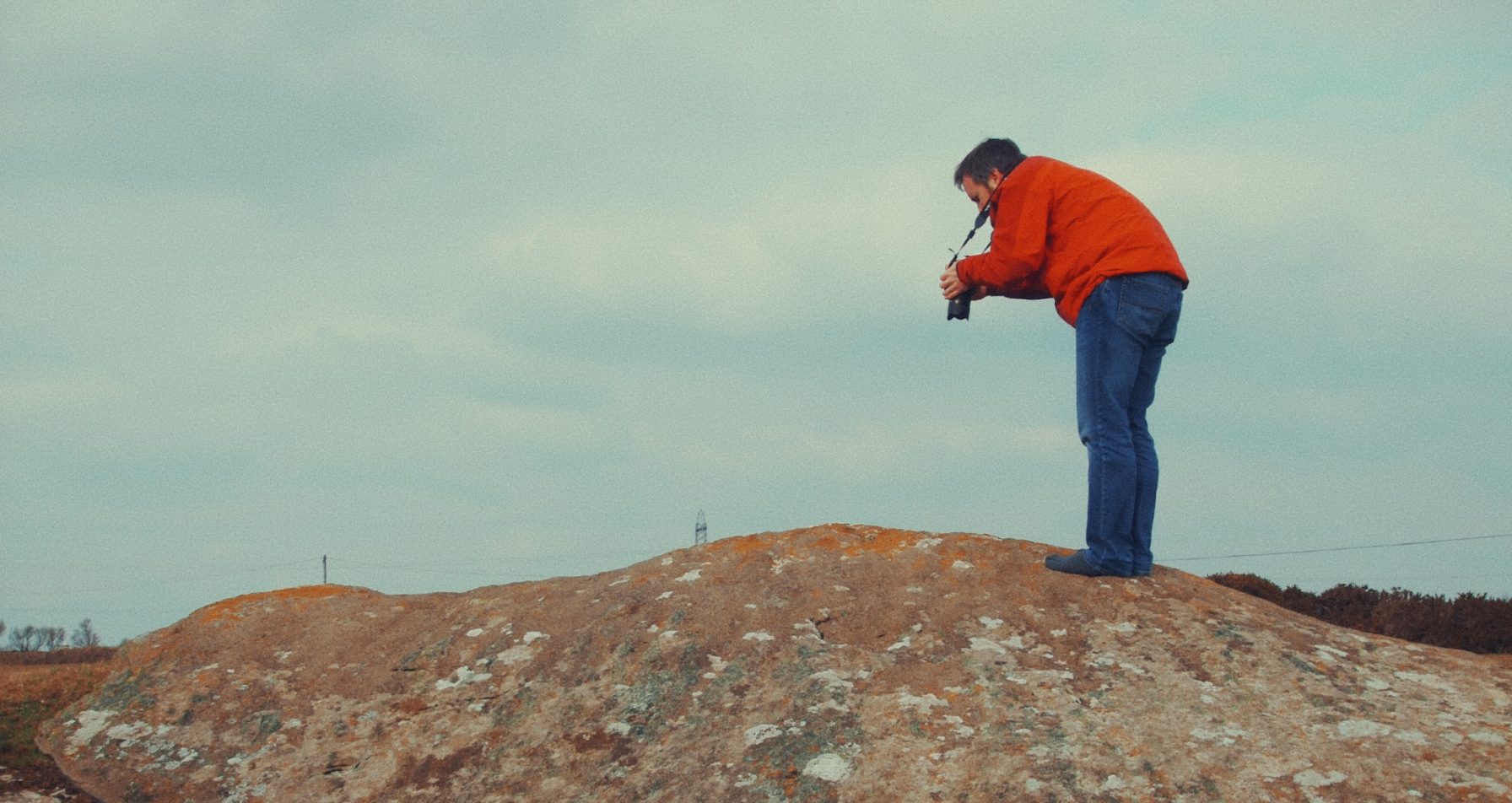In 2016 I was asked by Dr Andy Jones from Cornwall Archaeological Unit to record and study the surface of Hendraburnick Quoit on Bodmin Moor in Cornwall. The work, funded by Cornwall Archaeological Society, involved detailed 3D recording of the surface of the two stones that comprise the monument (which isn’t actually a quoit, but a ‘propped stone’). It was a complex task for which I used photogrammetry as the 3D scanning method. It involved careful planning and then taking many hundreds of high resolution photographs to guarantee coverage at an even resolution across all sides of both stones to enable careful study with millimetric levels of accuracy.
Our research was covered in the Telegraph who used the curioisty-grabbing headline “Ancient stone monuments may have been used for mysterious moonlit ceremonies, say archaeologists“. A full account of the project and our interpretation of the site can be found in the article Hendraburnick ‘Quoit’: recording and dating rock art in the west of Britain in Time & Mind – the “Journal of Archaeology, Consciousness and Culture”.
Analysis
After processing the 3D data I began the lengthy task of analysing the surfaces in great detail. Each potential feature was subjected to four checks using alternative methods, including virtual RTI and cross sections. I also use specialist software to produce filtered images of the stone’s surface in 3D, including depth, curvature, and accessibility. False colouring is used to show deviation from the surrounding surfaces.
I burnt a lot of midnight oil ensuring finding the shallow depressions called cup marks and tracing the grooved lines that connect many of them together. I located a total of 105 cup marks and 47 possible grooved lines connecting or radiating from them, following the slope of the stone. This suggests that the lines were made in-situ rather than before the stone was moved in prehistory to its current location.
This makes Hendraburnick Quoit the most known decorated or deliberately marked stone in southern Britain – possibly topping even Stonehenge in number of human-made features (152) on its surface.
The result was this plan:

A very reduced resolution model of Hendraburnick can be viewed on Sketchfab, to aid understanding of the monument.
Please contact me if you would like to enquire about my 3D scanning and surface analysis services.


Comments
One response to “Hendraburnick ‘Quoit’ – the most decorated stone in southern Britain?”
Wow!